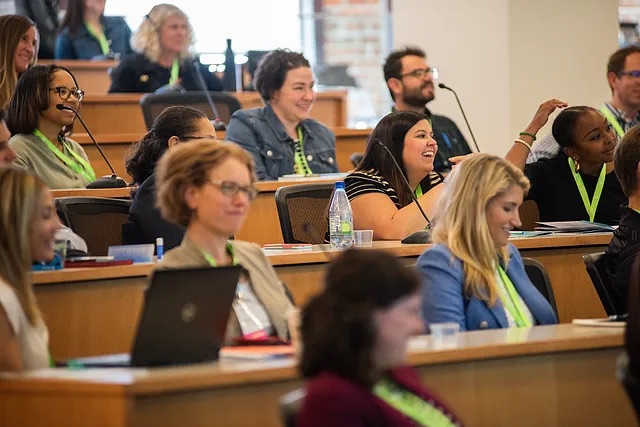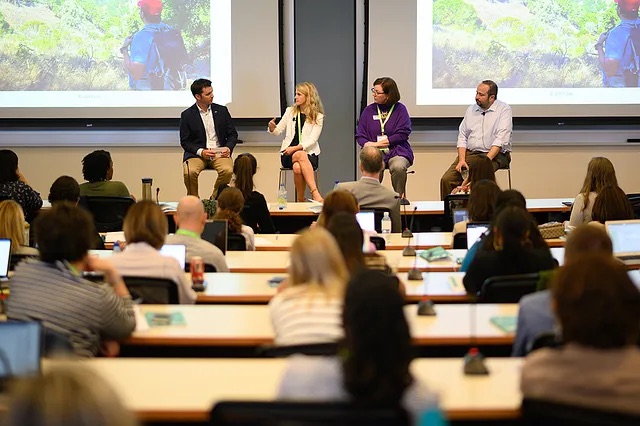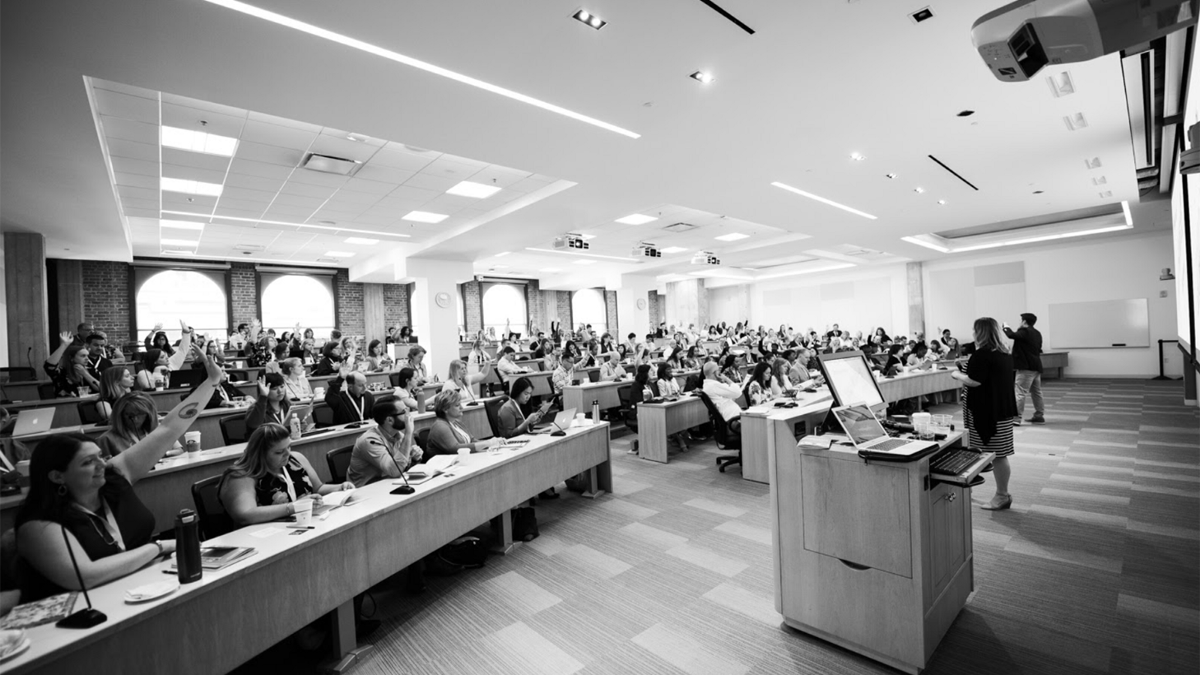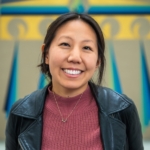Personal connections unlock professional opportunities, and career paths are shaped just as much by networks as knowledge. Yet too often, connections happen by circumstance. Julia Freeland Fisher, Director of Education Research at the Christensen Institute, has written at length about the need to intentionally weave social capital-building into our learning environments, to help students forge new connections and find mentors beyond their immediate networks.
Fittingly, in 2016, we received a cold inbound LinkedIn message from Adam Saven. The subject line was catchy — “Trailer Park Startup approaching $15K MRR” — and a closer look outlined a vision to demystify mentorship and equip all learners with the tools they need to build relationships that lead to new opportunities.
Adam and his co-founder, Reilly Davis, were deeply passionate about unlocking access to social capital through structured mentoring. They felt fortunate to have had mentors who made a transformative impact on their careers — in investment banking and Google at the time — and wanted to pay it forward, to help others make impactful connections that can change lives.
They quit their jobs and worked out of a trailer park as they iterated on their initial product in search of product-market fit. They were guided by an important partner: Farouk Day, who was Dean of Career & Experiential Education & Associate Vice Provost at Stanford at the time. Together they reimagined how students can learn about and access social capital on campus.
Fast forward to today: PeopleGrove has become the leading mentorship platform in higher education, serving over 1.7 million students across 500 partners, including over 60 of the top 100 universities in the nation. These include Stanford, Georgetown, Arizona State University, University of Pennsylvania, and University of Michigan.

PeopleGrove Innovators Summit
In working with Adam and Reilly, here are some lessons we learned about what it takes to build a high-growth, mission-driven organization:
1. Mission First
From the start, Adam and Reilly were committed to their mission:
To ensure all learners, regardless of their background or experience, have access to the network and support necessary to achieve their goals.
Especially in the early, messy, period of finding product-market fit, having clarity on what you’re working towards is a powerful internal compass for a rapidly evolving organization. We tested different business models, customer profiles (high schools, nonprofits, universities, companies) and product offerings. Along with analyzing the usual measures of traction, we also considered how each experiment would further the core mission of PeopleGrove.
For example, PeopleGrove initially found traction with the career service offices of universities, but recognized quickly that engaging alumni offices greatly expanded the pool of mentors available to students. As they worked more closely with alumni offices, they uncovered challenges with the logistics of fundraising. While this was an important problem, they used the litmus test of mission alignment to help them prioritize product development that would deepen learner and mentor engagement, rather than fundraising back office needs.
2. Power of Community
Rather appropriately, PeopleGrove used their own platform to build a community for their partner customers. This was valuable both in dogfooding their own product and in surfacing best practices and learnings across institutions. In 2018, this culminated in the creation of an annual user summit: Innovators Summits. These offered incredible opportunities to cross-pollinate best practices and introduce new potential partners to the power of PeopleGrove. Customers from Stanford Graduate School of Business shared best practices on student and mentor engagement; those from the University of Maryland University College shared how PeopleGrove helped them scale 1:1 student support at one of the largest state institutions in the country.

PeopleGrove Innovators Summit
3. Staying Close to Customers
One of the challenges to building a powerful, flexible platform is keeping up with divergent use cases and understanding how to prioritize across your product roadmap. PeopleGrove built advisory boards and kept in constant contact with their customers to understand how their product was being used and how to increase student and mentor engagement. They worked closely with power users to learn how they managed their programs and then incorporate best practices into product development.
For example, Wellesley had outstanding student and alumnae engagement and exceeded their goals at launch with PeopleGrove. So the team at PeopleGrove worked collaboratively to learn what worked and embedded these strategies into their partner success launch playbook. These led to important changes including improving PeopleGrove’s user onboarding flow, which doubled the rate of mentee outreach at registration.
The team’s focus on mission and customers has been key to PeopleGrove’s success. It has sparked nearly one million mentorship connections across PeopleGrove’s network of over 500 partner organizations. And these connections are changing trajectories: In user surveys, 46% of students say “Connecting with one or more community members opened doors for me and helped me find employment.”
We are incredibly proud to have been a part of the PeopleGrove journey to date. They’ve made great strides towards increasing access to opportunity through social capital. To accelerate its growth, PeopleGrove has attracted significant support from Riverside for its next chapter. Riverside has a history of helping mission-driven education companies grow to the next level, such as ModernCampus and n2y. We’re excited for this fresh backing and opportunity to further expand PeopleGrove’s reach and impact!



